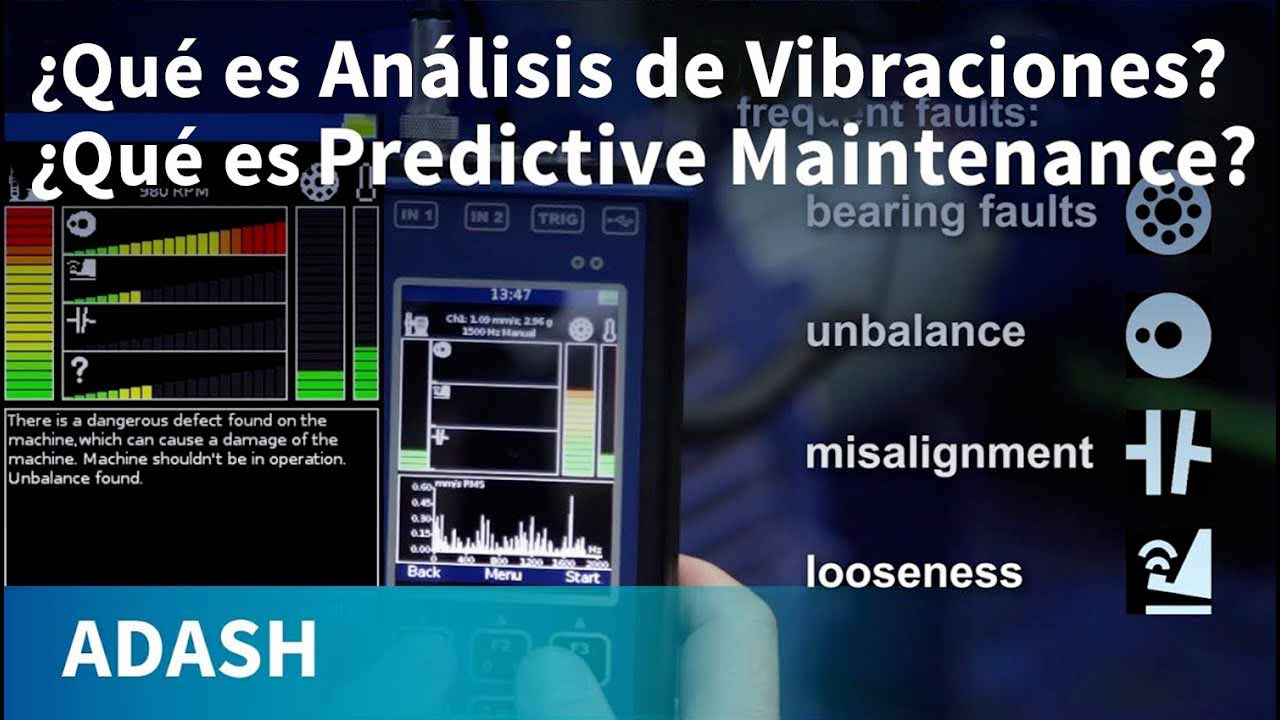Vibrační trendy a frekvenční analýza | Vojtech - field analysis guy
Hello guys! Do you measure vibrations? I do. This is Voytech Vibration again and today we got a routine measurement. I will show you how do I analyse something from trend analysis and also something from frequency analysis especially usage of cursors etc. So, let’s go!
Welcome in DDS. I have measured data during my route and now I want to go through it and show you my analysis procedure on one measurement point with bearing fault on an industrial fan. First I take a look on velocity spectrum. I prefer graph type spectrum + trend, because it gives me better overview. Velocity is only one quantity, where you can respect a standard. But I take the standard only as a part of data analysis. A trend contains OVERALL RMS values, counted from the spectrum. In the trend is important to check if it increases. If yes and rapidly, you have to find out in a spectrum why is that happening!
The trend here looks constant, RMS value is low and there are no significant frequencies in the spectrum. Let’s move on demodulation.
In the second step in demodulation spectrum you should always try to find beginning bearing fault frequencies and their harmonics. It’s very useful to turn on a harmonic cursor. Turning on of harmonic cursor is provided by left click on mouse in the spectrum. Then just move by the cursor on the frequency, you think, is a fault frequency. Now you can see, that you move only in frequency step, which is defined by number of lines and by measured range. If I want more specific value I should turn on Locate peak to get most real value. I can turn it on by right click and find Locate peak. Guys I am lazy to do that all the time with so many spectrums. Therefore I truly recommend to set up this function as a shortcut. So go into tools – shortcuts and in a part Graph find Locate peak. I set it up as a letter P on your keyboard.
So I located peak on the frequency 74,9 Hz with harmonics. Btw. Below the spectrum is a trend. Now it trends the values on the specific frequency 74,9 Hz. If it is controlled machine you should not pay any attention and turn off the cursor to see overall RMS trend.
But back to our analysis. Now I am interested in this frequency, but how can I recognize it? First step is, that I input the speed to the measurement point to see the orders. I guess you don´t usually measure the speed. Sometimes you can find the speed in velocity spectrum as a dominant peak. You should also know, where you should expect the dominant frequency – according to number of poles of motor or supplying frequency from variable frequency drive. I know, that in this case our motor from fan has 8 poles, so nominal speed is 737 RPM. Motor is also controlled by frequency drive. I move by cursor on speed frequency and I think, it has also second harmonic. Now let’s move to the graph part I select Set speed. You can see, that it automatically takes speed from the cursor. Then select it for measurement point – it means I will have speed in each measurement in this point. And also select last values. It means, that you get the speed for the last measurement.
Now when I look again on demodulation spectrum, again on the frequency with harmonic cursor, I see order of speed. Most of the faults or failures depend on speed of rotary machines. Usually bearing fault frequencies constant is not integer multiple. Let’s take a look into a bearings database in tools and bearings. You can see here constants for outer ring, inner ring frequencies etc. Usually they are not integer multiple so this is easy way how to recognize the bearing fault. For sure it is always better to input bearing type if you have it and check it.
I add a bearing type in properties into the bearings. After I set up speed, I can display bearing frequencies labels. I can turn it on by right click in the spectrum and select labels and display bearing. Well again, I think, that this function deserves a shortcut and you can be more effective with a shortcut. So try to set it.
Maybe you are asking if the bearing should be changed. I will tell you that in the next video, where I will talk about side band cursor and analysis in acceleration spectrums. Guys I hope you enjoyed video about harmonic cursor, shortcuts and trend analysis. Thank you for watching and see you next time!





